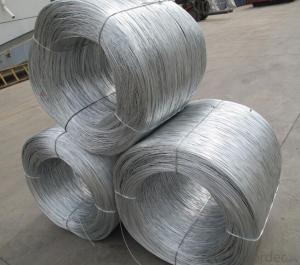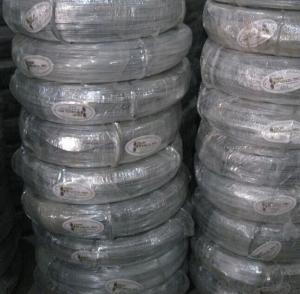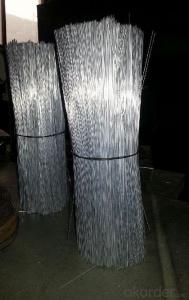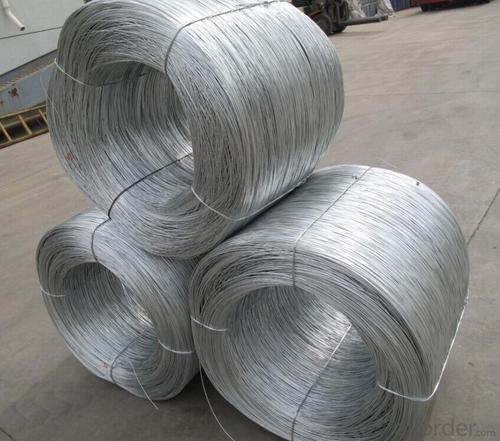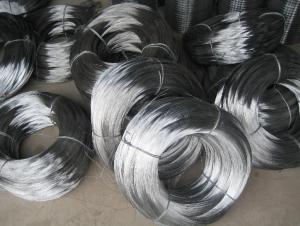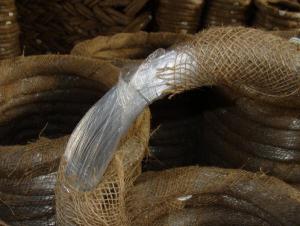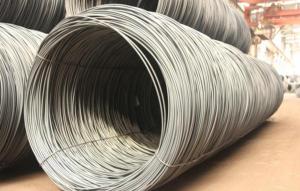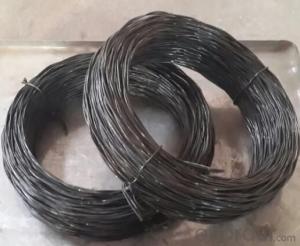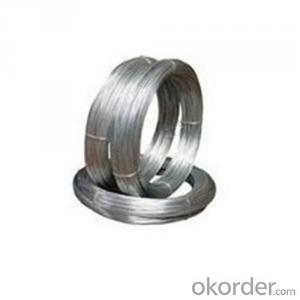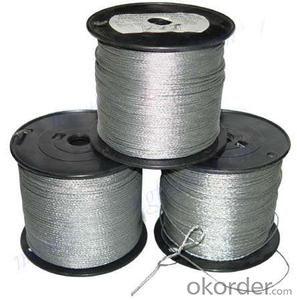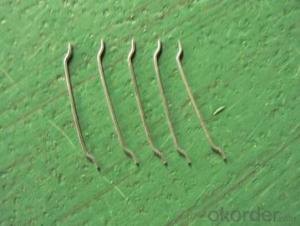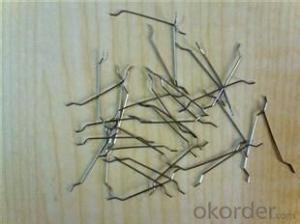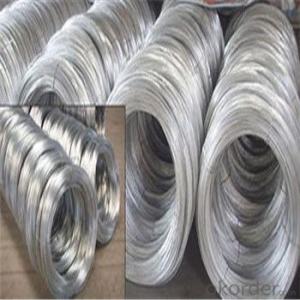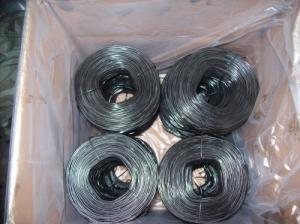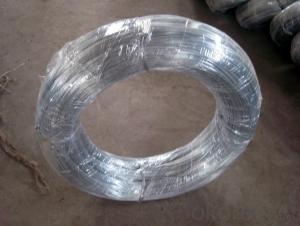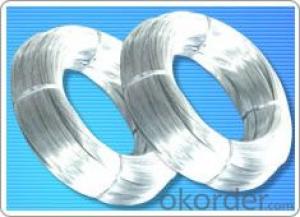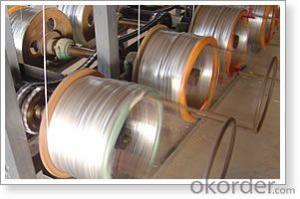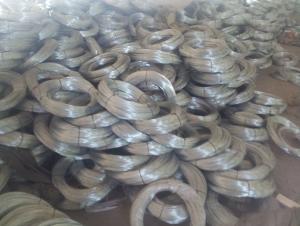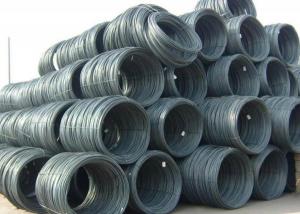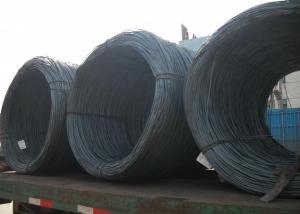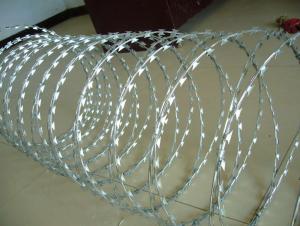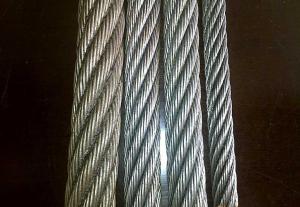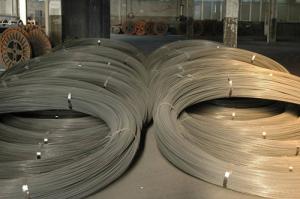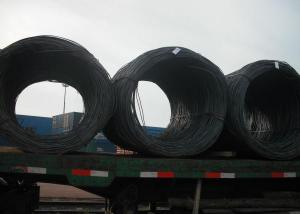Galvanized Binding Wire for Saudi Arabia/Galvanized Tie Wire
- Loading Port:
- Tianjin
- Payment Terms:
- TT OR LC
- Min Order Qty:
- 5 m.t.
- Supply Capability:
- 50000 m.t./month
OKorder Service Pledge
OKorder Financial Service
You Might Also Like
Specification
22Gauge 7kgroll Galvanized Binding Wire for Saudi Arabia/Galvanized Tie Wire
China Supplied Galvanized Iron Wire for Binding Material(BWG6-BWG28)
1. Wire style:
Electro Galvanized Iron Wire
Hot Dipped Galvanized Iron Wire
2. Use:
Mainly used in communication equipment, medical equipment and weaving nets, brushes, cables, filters, high pressure pipe, construction, handicrafts and other industries.
we can be made according to customers specific requirements
3.Features of Galvanized Wire:
Material: low carbon steel wire
Tensile Strength: 400--580Mpa
Standard wire gauge for electro galvanized iron wire: From 8# to 16#
Hot-DIP galvanized iron wire standard wire gauge: From 8# to 24#
Materials: Q195/235 low carbon steel wire
Wire Diameter: 0.2mm-5.0mm
Tensile Strength: 350-550 MPA
Wire Gauge: BWG8-BWG22
Zinc Coating: 10g-250g
Packing: 5kg, 10kg, 25kg ,plastic film inside and weave bag or
hessian cloth outside
Application: used for construction, express way fencing, binding of flowers
and wire mesh weaving.
Specification:
| Wire Gauge | SWG(mm) | BWG(mm) | Metric(mm) |
| 8# | 4.06 | 4.19 | 4.00 |
| 9# | 3.66 | 3.76 | - |
| 10# | 3.25 | 3.40 | 3.50 |
| 11# | 2.95 | 3.05 | 3.00 |
| 12# | 2.64 | 2.77 | 2.80 |
| 13# | 2.34 | 2.41 | 2.50 |
| 14# | 2.03 | 2.11 | - |
| 15# | 1.83 | 1.83 | 1.80 |
| 16# | 1.63 | 1.65 | 1.65 |
| 17# | 1.42 | 1.47 | 1.40 |
| 18# | 1.22 | 1.25 | 1.20 |
| 19# | 1.02 | 1.07 | 1.00 |
| 20# | 0.91 | 0.89 | 0.90 |
| 21# | 0.81 | 0.813 | 0.80 |
| 22# | 0.71 | 0.711 | 0.70 |
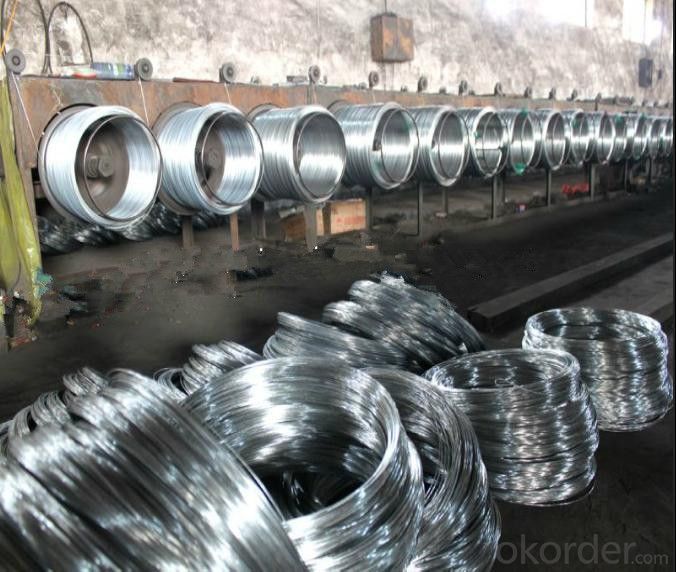
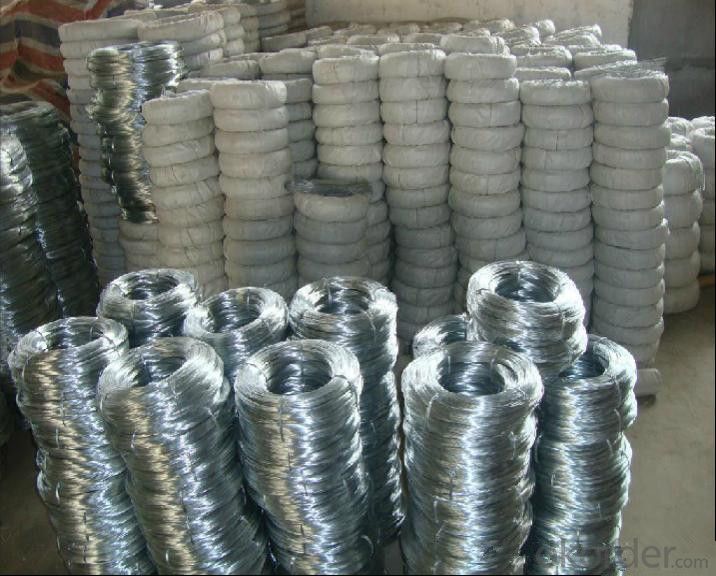


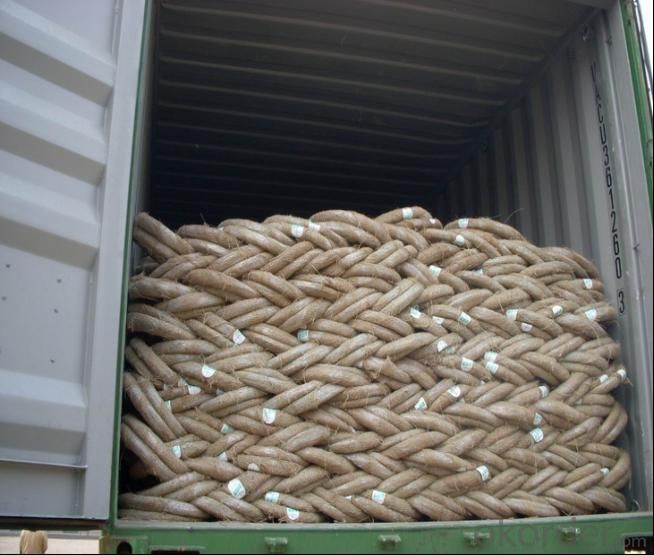
- Q: i know what spark plugs are but what are plug wires and the purpose of getting them. what do the plug wires do? someone told me that it was time to get spark plugs and plug wires replaced on my 2000 impala.
- if they have never been replaced,yes it is a good idea,they transfer the[spark] to the spark plugs [hi energy] so they do wear out.
- Q: first wire change
- Depends on how many little kinks he's putting in it. Also depends on how fast he works, if your wire needs a lot of work or a little, and if he already has an idea of what he wants to do or if he's just guessing along the way. It shouldn't take longer for him to make the actual kinks than it does the remove and replace the wire. That's a little more labor intensive and can take about 5-10 minutes for each wire. The whole thing, uninterrupted might last 30-45 minutes.
- Q: Wire runs from breakers to a wall outlet along the garage wall
- If you drill through the studs so that the cable does not lay on the face of the structure, studs, you can use NM (non-metallic) sometimes call romex. You should use 12 gage so use 12-2 cable which will have three wires including the ground. Connect to a new or otherwise unused 20 amp breaker and install as many outlets you want to this circuit.
- Q: Just took off the starter on a cavalier and forgot to label the wires. Can someone please send me a diagram of where all these wires go, or just tell me where they go. there are big post and one small one. Please help asap. Thanks.
- all wiring with large eyelet end,s go to main solenoid terminal...the large brass/copper post in the center/top. the small wire/wire,s attach to the terminal marked with a S for solenoid. the small terminal to the side. do not place any ground wire,s to either terminal....best of luck.
- Q: You have been given two samples of wire: one nichrome, one aluminum. Describe a procedure you could use to determine which sample was nichrome and which was aluminum
- first, knowing the resistance of each wire (i dont know it, you need to look it up) i would set up a circuit to put out [X] amt of current (the amt of the lowest resistance in the wires) and run the current thru the wires to a light bulb. if the bulb doesnt light, you now have figured out that this is the wire with the most resistance (again i dont know which has a higher one) for clarification- aluminum resistance = X nichrome resistance = y circuit with current EQUAL to resistance of the lowest wire (for example if X was lowest with 3 ohms, you would set the current to however many amps/volts are required to overcome that) and then connect it to a bulb. when its turned on, if the bulb doesnt light, you have determined that it isnt wire X but wire Y. even more simply, just list the wires by their resistance. if X=3 ohms, Y= 4 ohms, and the bulb doesnt light at 3, you have determined that its wire Y. im assuimng you would have the resistance of the wires? this is how i would do it, but if thats the right way? i dunno. but it is one way.
- Q: Question:What is the point of new wires? Everyone keeps saying thicker wire. What does that thicker wire do? Does it carry a different force? I thought the ligature bands is what gives the wire the force? I'm kind of confused!Also, do you get a thicker wire everytime? Is this thicker wire visibly thicker and noticable?Does the thicker wire cause a drastic diff in pain?Thank you for your help and answering my question about my previous question.
- No, you can't physically see the difference in the thicker wire, but you can feel the difference when they first put it in. It will feel kind of heavier and tighter. It won't last long though...maybe 2 or 3 days and you'll get used to it. No, you won't get a thicker wire at every visit.
- Q: I'm doin this thing where I need to connect some wires and one part uses Apple iPod headphones. Inside those wires, they have insulation. I burnt the wires so the insulation would not be in the way. Will the wires still conduct the electricity? Or will I just need to find some other headphones without insulation to do this with?
- It depends. If the wires themselves got oxidized when you burned the insulation off, they will not conduct electricity as well as they did before. On the other hand, if you burned them in a way that converted the non-conducting plastics (organic polymers) into graphite (pure carbon) the wires might conduct a little better (because graphite conducts electricity). When you say there is insulation inside the wires, you may be confused. Some small electrical wires contain threads braided or twisted in with the fine copper wires to increase strength. These threads are usually non-conductors so, technically, I guess you could call them insulators but they are not in there to prevent one wire from making electrical contact with another wire. You can check if the wire still conducts elecricity with a battery and the bulb out of a flashlight. good luck
- Q: If I knew which wires went to trim, rpms,engine hours,ect... I could follow them. The engine wiring harnes is stil intact, but I dont know which wire goes to each no matter which end I look at. Like I said wiring is no problem, don't know motors.
- Look at the guage the sender wire color same color on the Eng.tack is gray,hours meter is from the key switch 12volt red or purple. trim is manufactures colors.Are you wiring the Eng like install if so most are plug in . Unless it's quite old an then there labeled on the Eng.
- Q: I removed my old door chime/bell a few years ago and replaced it with a wireless one. That one quit working and now I am attempting to install a new wired one again. The only problem is, when I removed my old one way back, I failed to label the existing wires to where they go. I have two wires coming out of my wall mount, one white, one brown and the both have a white and red wire sticking out of them. I am not sure which one/ones will connect to the FRONT and TRANS posts on my new chime. I don't have a rear door bell button so that is not a problem. Which wire goes to the FRONT and TRANS and do I cap off any of the 4 wires? My installation instructions don't cover the mindless mistake of not having the wires labled.
- If your old transformer is still working connecting the wires up wrong will burn it out in an instant. I have been there. The safest thing to do is locate your transformer and disconnect all the wires. Take the doorbell off and disconnect the wires. And then you have the chime off as well. Then use a continuity tester (has a battery and lights up or buzzes when the circuit is complete) and find out which wire goes where. You might have to string a temporary wire through the house to complete the circuit from downstairs to upstairs. Once you know which wire goes where you will be connecting a wire from one end of the transformer to the button a line from the button to the chime and a line from the chime to the transformer (a series circuit.) A voltmeter will tell you if the transformer is already burnt out. If you get a new transformer make sure you get one that matches the voltage requirement of the chimes (usually 16 volts.)
- Q: Replacing my 3 prong dryer outlet but there is a blk, red, wht, and a bare wire in the box. I know where the colored ones go on the outlet but what do I do with the bare one? I didn't remove the old one so I don't know how the old 3 prong outlet was wired with these wires. Thanks.
- I said it to you before, you basically have an illegal circuit, at least for a clothes dryer. There is no way to legally or safely use that for a typical electric dryer. You need to have it re-wired so that you have separate neutral and ground conductors, and with a four prong receptacle. A properly installed (complaint to pre 1996 NEC) 3 wire dryer or range receptacle will have a white insulated neutral or be an SEC with a bare shield as neutral. A white/black/bare NM-B was never permitted for such a circuit. Wiring neutral to ground in a receptacle simply is not permitted. Just don't ask why. You have your answer do not ask again. Nobody should be telling you to do something unsafe and illegal.
Send your message to us
Galvanized Binding Wire for Saudi Arabia/Galvanized Tie Wire
- Loading Port:
- Tianjin
- Payment Terms:
- TT OR LC
- Min Order Qty:
- 5 m.t.
- Supply Capability:
- 50000 m.t./month
OKorder Service Pledge
OKorder Financial Service
Similar products
Hot products
Hot Searches
Related keywords
